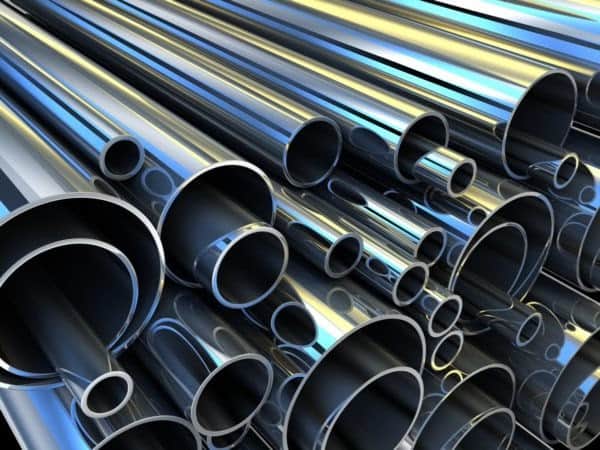Finding Steel Pipe Surface Defects and Cracks with NDT

Many asset owners and operators contend with older pipes and pipelines that, all too often, are poorly maintained and may be harboring potentially dangerous defects that continue to go unnoticed due to a lack of consistent inspections. Even seemingly minor surface defects, if they are not addressed quickly enough, can result in widespread damage to any piping network. As such, regular nondestructive testing (NDT) is needed to ensure pipeline integrity and prevent catastrophe.
Not just any NDT method will do, however. For the greatest inspection confidence, it is important to utilize a technique that is specifically adept at detecting steel pipe surface defects. In most cases, eddy current testing (ECT) is typically the preferred approach.
Advantages of ECT for Detecting Steel Pipe Surface Defects
While magnetic particle testing (MPT) or liquid penetrant testing (LPT) may also be used to detect surface abnormalities, these approaches tend to require more cumbersome and less efficient technology than ECT (which is often portable and may even be found in handheld form). They also require lengthier setup and cleanup times, requiring either liquid or powder to apply (ECT requires neither) and, in the case of MPT, a constant source of electrical power.
ECT, on the other hand, is both more efficient and more effective. Unlike MPT, ECT can penetrate through surface layers of paint and other coatings for more comprehensive scans. Quality ECT equipment can also offer higher signal quality than most other NDT methods, including MPT and LPT. ECT can detect the surface and near-surface cracking with ease.
Utilizing eddy current technology with array capabilities further maximizes these advantages, as well as offering a few extra benefits. With eddy current array (ECA), analysts can achieve a more comprehensive view of surface and near-surface profiles, with some modern ECA equipment enabling inspectors to reduce inspection times by as much as 95 percent compared to standard pencil probing.
ECA permits multi-coil probing that tests a wider radius and adapts to complex geometries that are normally harder to test with less advanced NDT methods. Some ECA solutions also offer multiple-array technology, which can compensate for the reduced signal strength caused by the magnetic properties of galvanized steel pipes. Galvanized pipes can distort signal quality and hide defects in the form of corrosion.
Certain cutting-edge ECA probes may include a detachable encoder that permits greater flexibility, allowing analysts to assess the dimensional aspects and location of the indications. Position-assistance features can further ensure that the testing area is adequately covered.
Furthermore, the right ECA equipment can probe defects on an axial and circumferential level. If inspectors want to further assess axial data, for example, they can switch to an axial channel on the screen, including a separate transverse channel, which can further aid in identifying flaws relegated to an axis or transverse plane. Or, analysts can view a fused channel where axial and transverse aberrations are shown together on a single screen.
Steel Pipe Surface Detection Strategies in Full Depth
Overall, few NDT methods can match the speed, portability, and efficacy of eddy current technology when it comes to finding steel pipe surface defects and cracks. Eddy current array technology, in particular, offers the greatest advantage due to its versatility and accuracy.
Just as it’s important to use the right approach, however, it’s also important to choose the right ECT technology to optimize both inspection times and data reliability. High-quality ECA solutions minimize the possibility of an overlooked flaw—thereby maximizing structural integrity and, as a result, the safety of everyone involved.
Zetec is a leading provider of NDT equipment, including ECT and ECA technology. Contact us today to find out more about our innovative solutions for inspecting steel pipes for surface defects.
